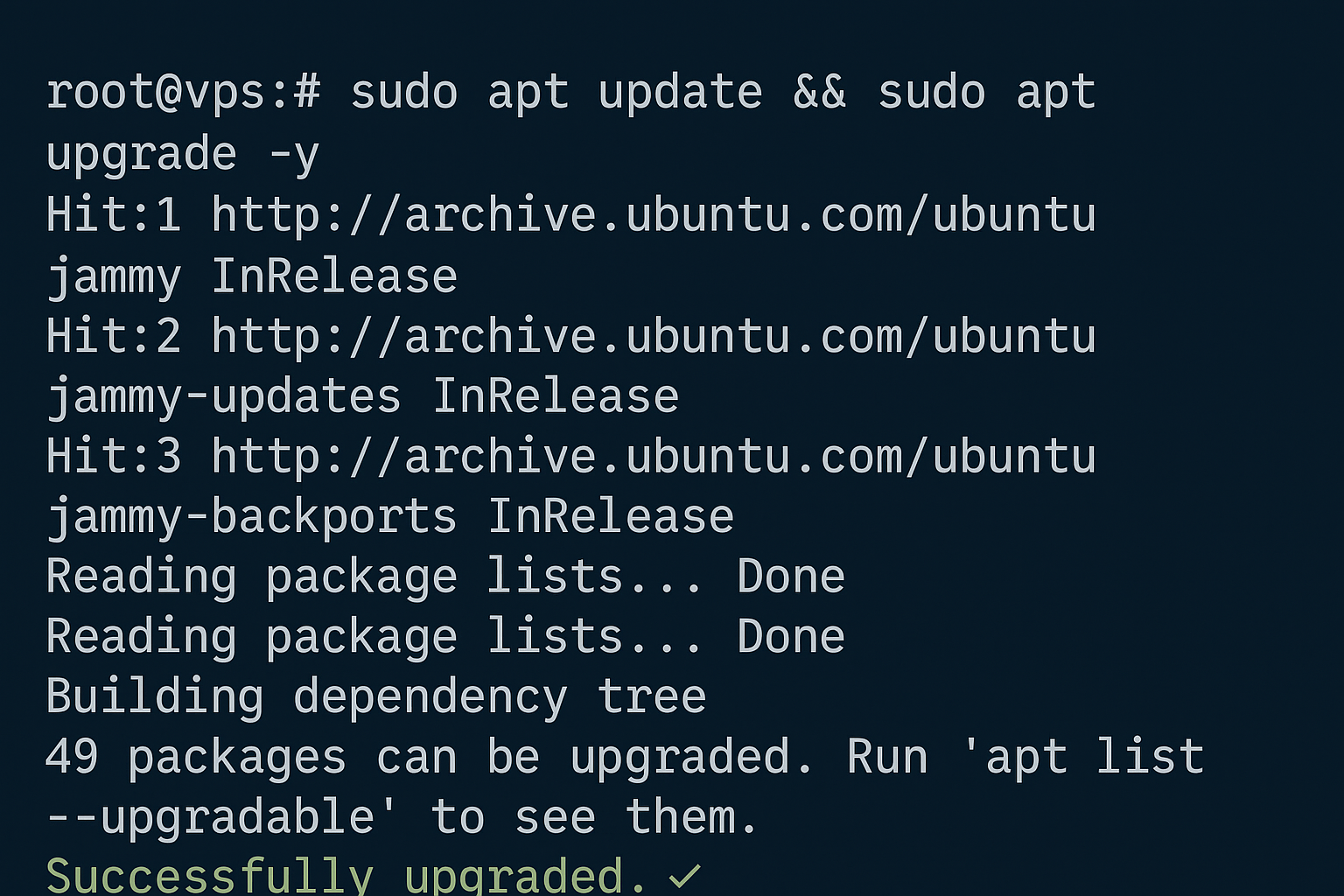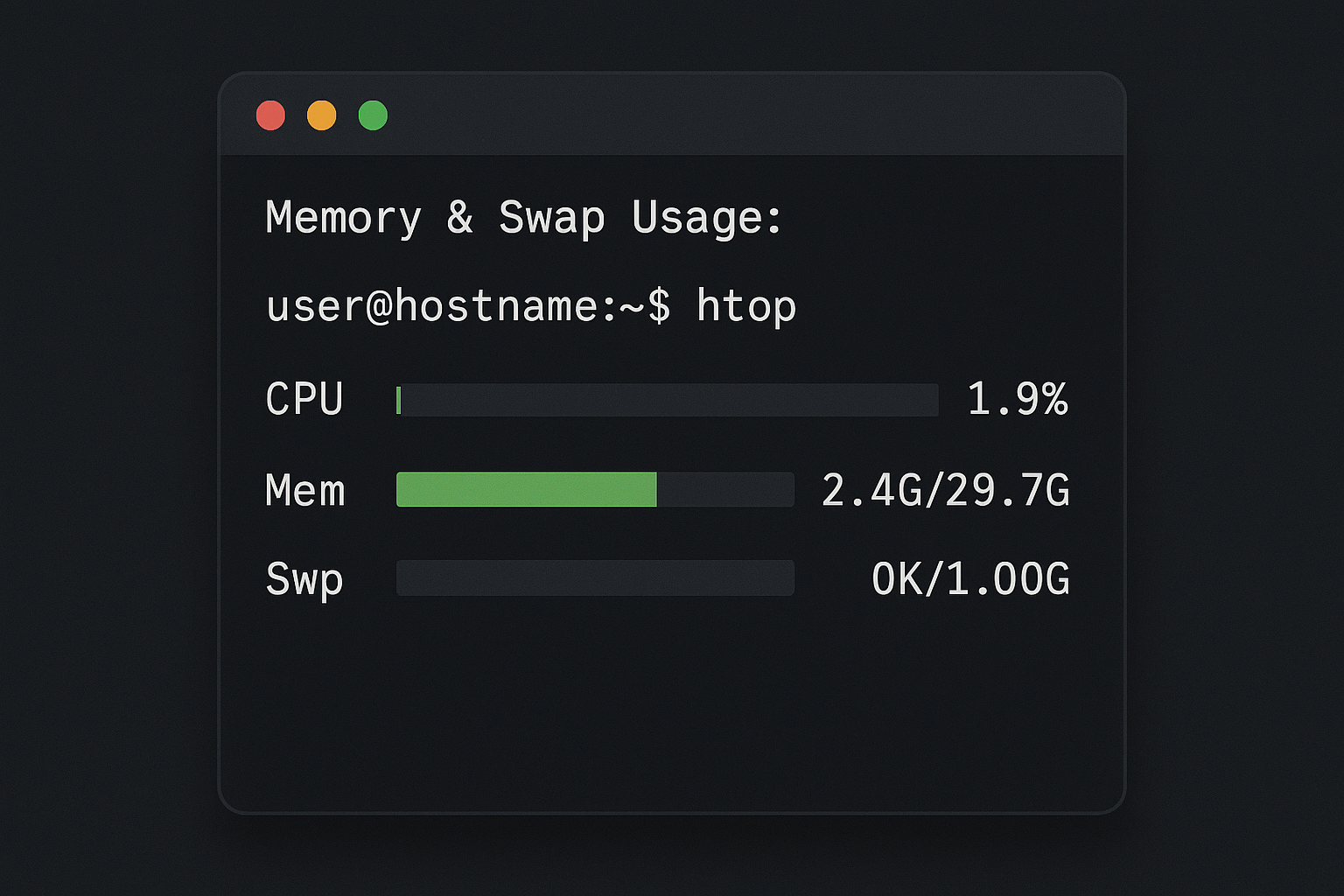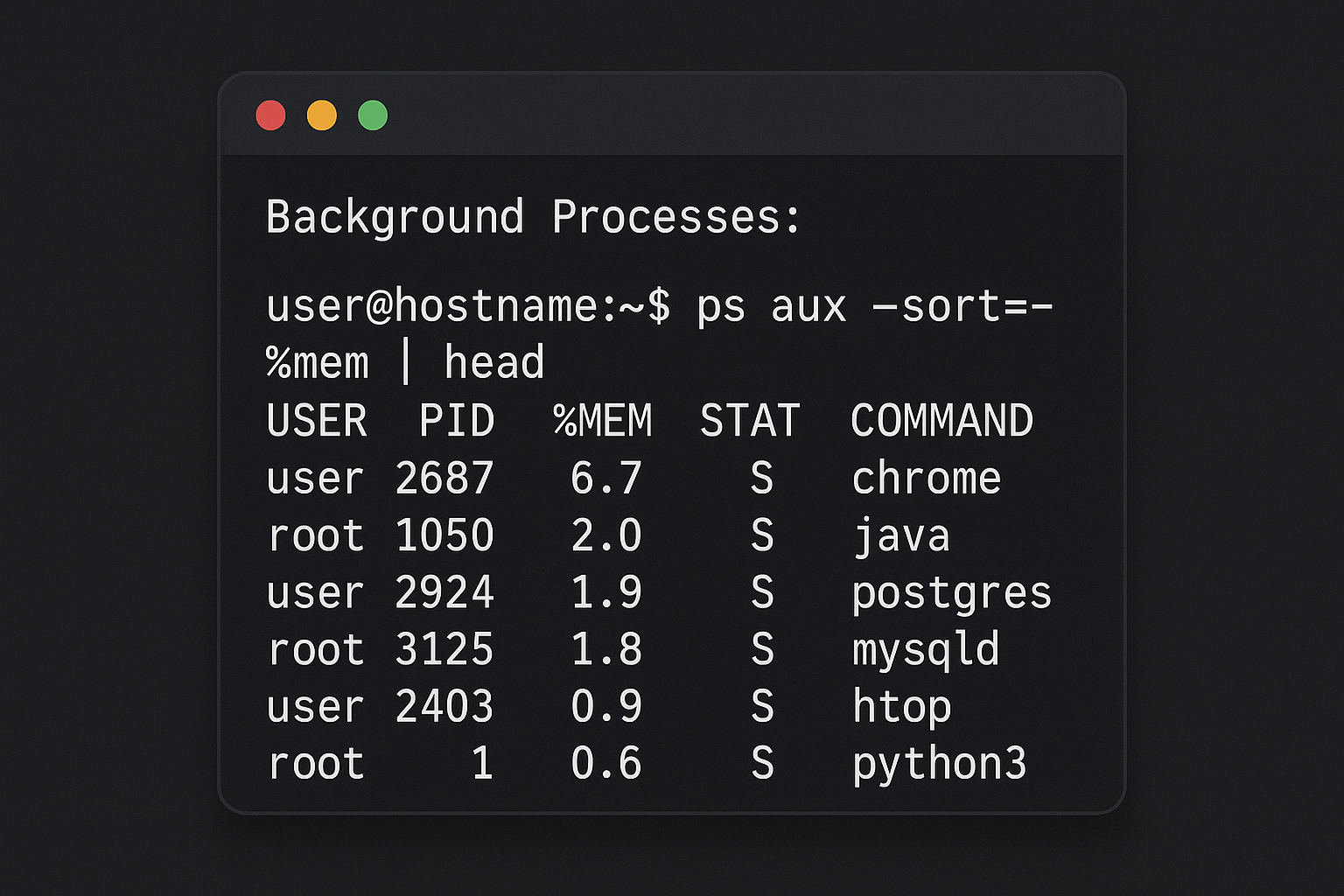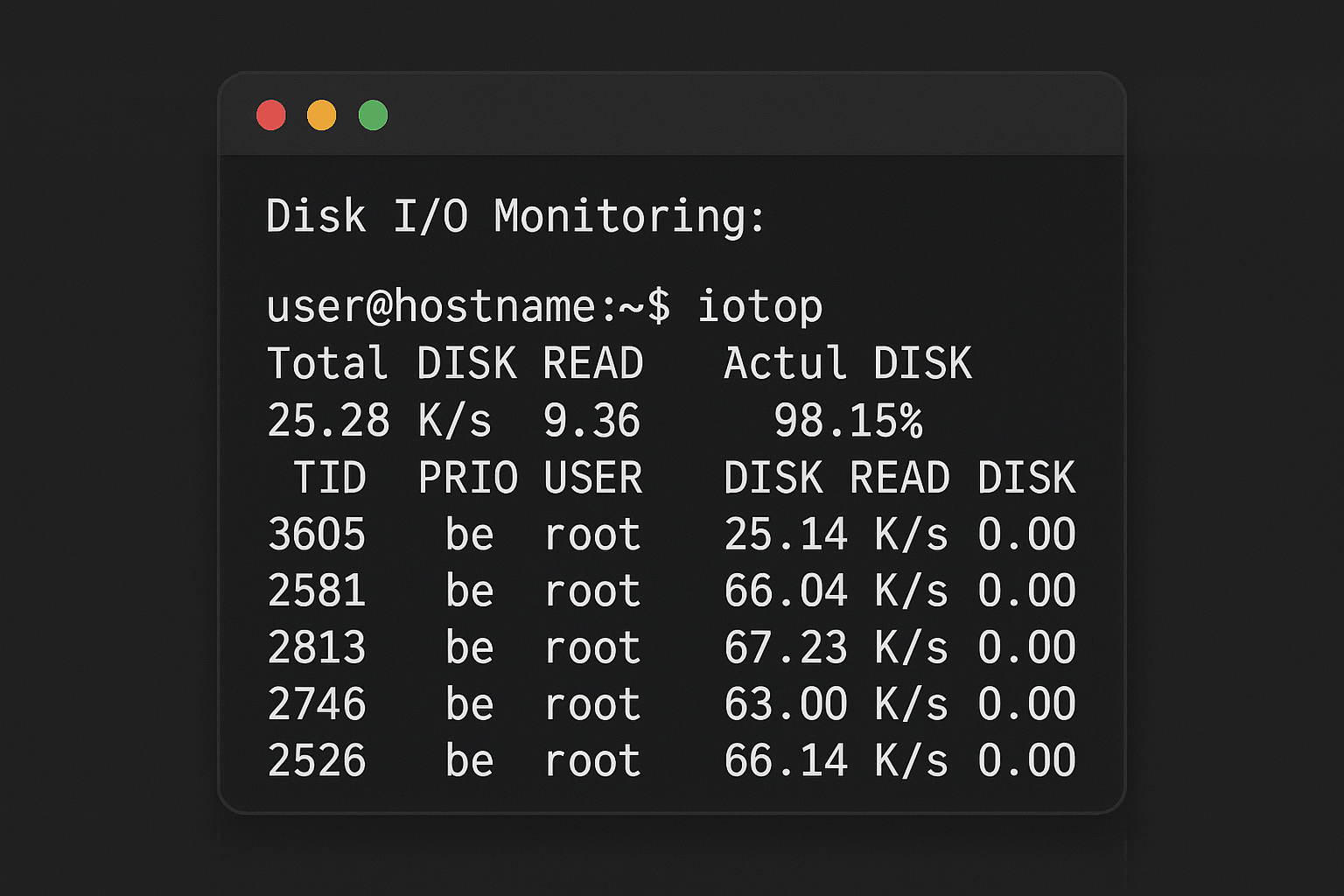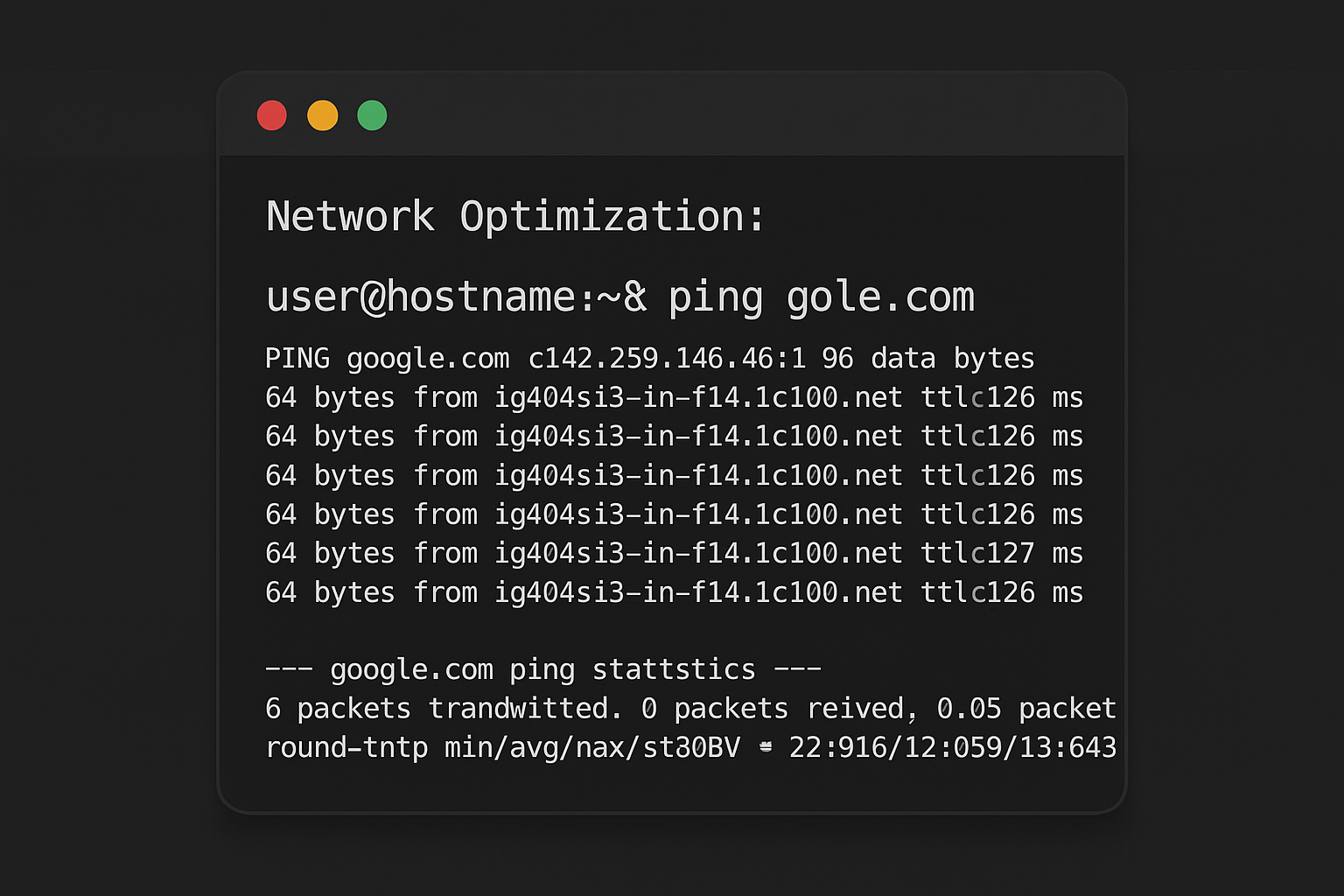
5 Technical Mistakes That Secretly Slow Down Your Virtual Server | VPS Optimization Guide
Speed and stability define the success of any VPS hosting environment. Whether you’re running a business website, hosting databases, or deploying web applications, your virtual server’s performance directly affects uptime, SEO, and customer satisfaction.
But here’s the hidden truth — many developers, sysadmins, and website owners unintentionally make technical mistakes that silently slow down their virtual servers. These mistakes are often overlooked because the symptoms build up gradually: slightly longer load times, minor CPU spikes, or delayed response times that eventually pile up into noticeable lag.
In this extended guide, we’ll break down the top 5 technical mistakes that quietly destroy your VPS speed, explain the root causes, and show you how to fix them with proven best practices. Whether you manage a small VPS or an enterprise-grade cloud instance, these optimizations can make a massive difference.
Contents
1. Ignoring Kernel and OS Updates
### The Problem
Your virtual server’s kernel and operating system are the backbone of performance and security. When they are outdated, your VPS is running with obsolete drivers, inefficient memory management, and potential vulnerabilities. Even minor kernel improvements can significantly enhance I/O performance, CPU scheduling, and process management.
Skipping updates due to fear of downtime is one of the most common yet harmful mistakes. Over time, these ignored updates cause instability and slower response under load.
### Real Example
A client running Ubuntu 18.04 with a 4.15 kernel experienced high I/O wait and poor database response. After upgrading to kernel 5.x, I/O latency dropped by 35% and CPU utilization stabilized.
### How to Fix It
– Run `apt update && apt full-upgrade` (Debian/Ubuntu) or `dnf update` (RHEL/CentOS Stream) weekly.
– Use `unattended-upgrades` to automatically install security patches.
– Reboot the system after kernel updates to apply improvements.
– Schedule maintenance windows for updates instead of delaying them indefinitely.
💡 *Pro tip:* Use `canonical-livepatch` for Ubuntu to apply kernel patches without rebooting.
2. Misconfigured Swap and Memory Management
### The Problem
Memory pressure is one of the top causes of VPS slowdown. Mismanaging RAM or swap configuration can cause system freezing, swapping delays, or high disk I/O when memory overflows. Servers without a proper swap file may crash under moderate traffic.
### Real Example
A 2GB RAM VPS without swap started killing MySQL processes during traffic spikes. Adding a 2GB swap file and adjusting `vm.swappiness` to 15 fixed the issue instantly.
### How to Fix It
– Check if swap exists: `swapon –show`. If not, create it:
“`bash
sudo fallocate -l 2G /swapfile
sudo chmod 600 /swapfile
sudo mkswap /swapfile
sudo swapon /swapfile
“`
– Tune the swappiness level:
“`bash
sudo sysctl vm.swappiness=15
“`
– Monitor memory usage with `htop` or `glances`.
– Avoid over-provisioning applications that exceed RAM limits.
💡 *Pro tip:* Use `zram` on a lightweight VPS to improve performance with compressed swap in RAM.
3. Running Too Many Background Processes
### The Problem
Over time, VPS servers accumulate unnecessary background services — old cron jobs, zombie daemons, monitoring scripts, or leftover applications. Each consumes a slice of CPU and memory, reducing your VPS’s available performance.
### Real Example
An unmanaged VPS hosting 3 WordPress sites had over 50 unnecessary processes, including old monitoring scripts. Disabling unused services reduced load average by 40% and improved PHP-FPM response time.
### How to Fix It
– Identify active processes:
“`bash
ps aux --sort=-%mem | head
“`
– Disable unnecessary daemons:
“`bash
systemctl disable service_name
“`
– Review cron jobs with `crontab -e` and remove redundant ones.
– Regularly audit your startup services using `systemd-analyze blame`.
💡 *Pro tip:* Use lightweight alternatives — for example, replace `apache2` with `nginx` or `caddy` for lower resource usage.
4. Poor Disk I/O Optimization and Fragmentation
### The Problem
Disk I/O is the silent bottleneck of server performance. A high I/O wait percentage (`wa` in `top`) indicates that your server spends time waiting for the disk instead of executing processes. Log accumulation, fragmented databases, and heavy file writes can degrade I/O over time.
### Real Example
A VPS with HDD-based storage had a consistent 10–15% I/O wait. Migrating to SSD reduced average response time by 50%, and switching the filesystem from ext3 to ext4 improved caching efficiency.
### How to Fix It
– Clean up old logs: `sudo journalctl --vacuum-time=7d`
– Use SSD-based VPS storage if possible.
– Monitor I/O usage:
“`bash
iostat -x 1 3
“`
– Optimize MySQL databases:
“`sql
OPTIMIZE TABLE table_name;
“`
– Use a caching layer like Redis or Memcached to reduce disk reads.
💡 *Pro tip:* Avoid excessive logging and enable log rotation to keep `/var/log` under control.
5. Neglecting Network and DNS Optimization
### The Problem
Network configuration directly affects latency and request speed. Misconfigured DNS resolvers, poor MTU settings, or outdated TCP algorithms can slow down response time even if the server hardware is fine.
### Real Example
A client’s website hosted on a Singapore VPS loaded slowly for European visitors due to DNS delay and lack of CDN. Enabling Cloudflare DNS and enabling HTTP/3 reduced TTFB (Time to First Byte) by 60% globally.
### How to Fix It
– Use Cloudflare, Google DNS (8.8.8.8), or Quad9 for reliable resolution.
– Enable compression and keep-alive in NGINX or Apache.
– Optimize TCP stack:
“`bash
sudo sysctl -w net.ipv4.tcp_congestion_control=bbr
sudo sysctl -w net.core.default_qdisc=fq
“`
– Test global latency with `mtr yourdomain.com`.
💡 *Pro tip:* Use a CDN to cache content closer to your users and enable HTTP/3 for faster encrypted transfers.
Bonus Tip: Monitor Before You Optimize
Before applying random optimizations, measure what’s slowing you down. Monitoring tools can reveal hidden bottlenecks and validate the effectiveness of improvements.
**Recommended Tools:**
– **Netdata** – Real-time performance monitoring with visual dashboards.
– **Grafana + Prometheus** – Ideal for long-term metrics and alerting.
– **Glances** – Lightweight CLI tool for quick health checks.
– **GTmetrix / Pingdom** – External performance testers for web response time.
💡 *Pro tip:* Always measure before and after optimization to confirm improvements.
Conclusion: Continuous Optimization Is the Key
Your VPS’s performance depends not only on hardware but on how efficiently it’s configured and maintained. By avoiding these five technical mistakes — and adopting proactive monitoring — you can achieve faster load times, better stability, and improved SEO rankings.
The key takeaway: optimization is not a one-time task. It’s a continuous cycle of measurement, adjustment, and improvement. Start today — update, monitor, and optimize your VPS for a faster and more reliable hosting environment.
